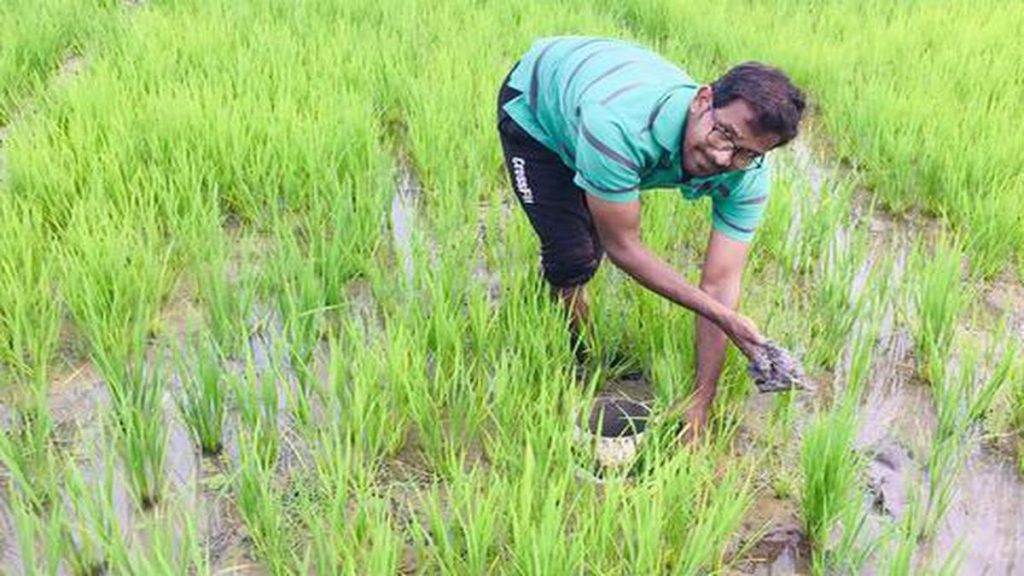Livestock farming has been an integral part of human civilization for centuries, providing us with essential resources like meat, milk, and fiber. However, traditional farming practices often face challenges in terms of efficiency, sustainability, and animal welfare. To address these issues, modern farms are embracing innovative techniques that are revolutionizing livestock management. These techniques not only improve productivity and profitability but also promote sustainability and animal well-being. One groundbreaking technique making waves in the industry is precision livestock farming. PLF utilizes advanced technologies such as sensors, data analytics, and automation to monitor and manage livestock in real-time. For example, wearable devices equipped with sensors can track an animal’s vital signs, behavior patterns, and even feed intake. This data is then analyzed to identify any anomalies or health issues, enabling farmers to intervene promptly and provide individualized care. By optimizing feed efficiency and detecting diseases early, PLF reduces costs, enhances animal welfare, and minimizes environmental impacts.

Another innovative technique gaining traction is the use of vertical farming for livestock feed production. Vertical farming involves growing crops in vertically stacked layers, utilizing controlled environments and artificial lighting. By cultivating nutrient-rich crops like grasses and legumes indoors, farmers can ensure a year-round supply of high-quality feed for their livestock. This approach reduces dependence on external sources and minimizes the risk of feed shortages. Additionally, vertical farming consumes significantly less land, water, and pesticides compared to traditional farming methods, making it a sustainable solution for feed production. Automation is another game-changer in livestock management. Robotic systems are being employed for various tasks such as feeding, cleaning, and milking. For instance What is an expert in agriculture called? Automated feeding systems can dispense precise amounts of feed based on individual animal requirements, optimizing nutrition and minimizing waste. Robotic milkers are equipped with sensors that detect udder health and can adjust milking settings accordingly. These technologies not only improve efficiency and reduce labor costs but also provide valuable data for monitoring and managing animal health.
Furthermore, innovative housing and welfare practices are transforming the way animals are housed and cared for. Many modern farms are adopting alternative housing systems that prioritize animal comfort and well-being. These include open-air barns, spacious pens, and access to outdoor areas. Additionally, the use of behavioral enrichment techniques, such as providing animals with toys or structures for play, helps promote natural behaviors and reduce stress. These advancements in housing and welfare practices enhance the quality of life for livestock while also addressing consumer concerns about animal welfare. Precision livestock farming, vertical farming for feed production, automation, and improved housing and welfare practices are all contributing to more efficient, sustainable, and animal-friendly farming systems. By leveraging advanced technologies and adopting a holistic approach, these techniques not only benefit the farmers in terms of productivity and profitability but also promote the well-being of the animals and reduce the environmental impact of livestock farming. As the world’s population continues to grow, these innovative techniques will play a crucial role in meeting the increasing demand for high-quality livestock products while ensuring a sustainable future for the industry.